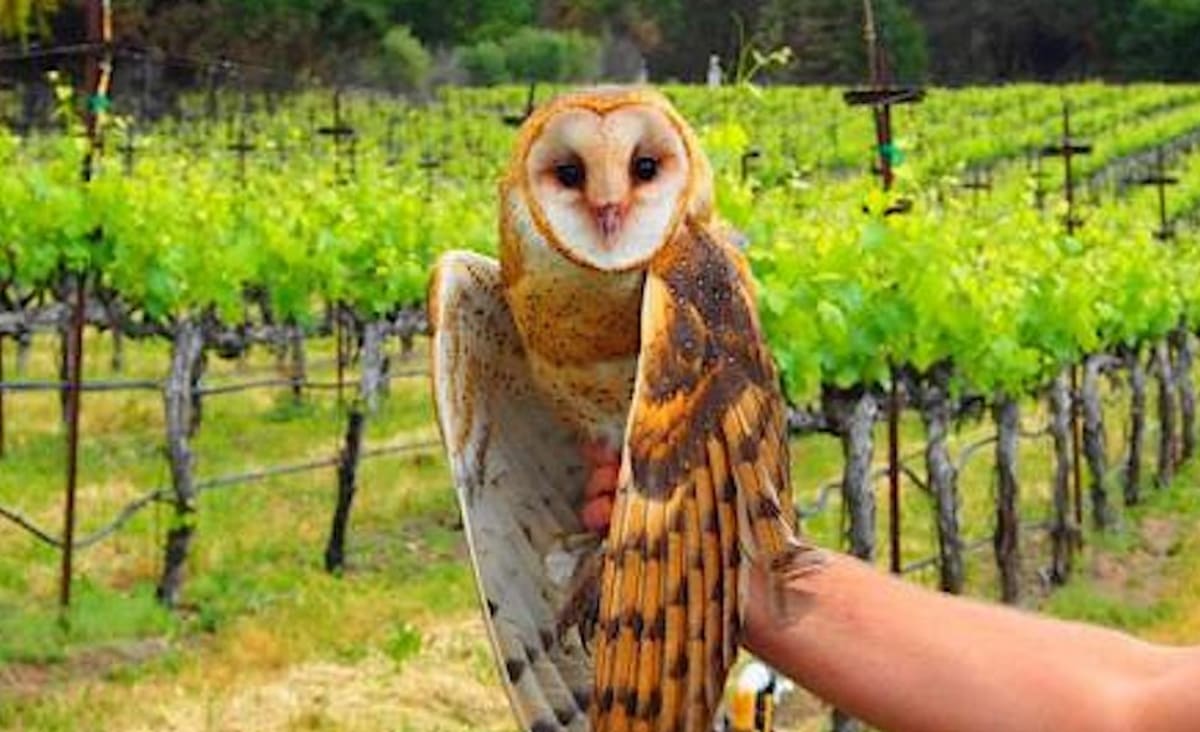
www.goodnewsnetwork.org
California Vineyards That Once Used Only Toxic Chemicals to Protect Vines Now Use Nesting Owls
In Napa Valley, more and more growers are switching from super toxic pesticides to welcoming barn owns onto their fields for rodent control.
Culture & Entertainment
Napa Valley vintners are increasingly turning towards winged-laborers for their pest control, and away from super toxic pesticides that poison everything, including their wine.
Barn owls in particular, but also hawks and other birds of prey, known as raptors, are being welcomed onto vineyards across California for their skill in rat-catching, vole-estation, and gopher-gobbling—and scientists studying the impact of these strategies are finding encouraging results.
For years, vintners in California were proud of the certain je ne sais quoi, inherent in their wines which made Napa a world class destination for growing grapes.
But, they were using super-toxic “rodent-icides,” a type of poison used to kill the mice and voles that munch on vines. The poison had become an industry standard in the state up until the 1980s when raptors, trapping, and other more holistic methods became more popular.
According to the nonprofit Napa Green, a trend toward chemical-free farming statewide is reflected in the threefold increase of organic winegrape acreage since 2005, with the number of organic acres doubling in just the last decade.
One of the world’s most efficient pest controllers is the barn owl, which is found on 6 of our 7 continents and is capable of eating 3,400 rodents each year.
Matt Johnson is a wildlife professor at Humboldt State who began a program years ago to study raptor pest control in vineyards and research the results. One of his surveys found that of 75 California wine makers, four-fifths of them purposely invite owls onto their property by constructing nest boxes.
























































